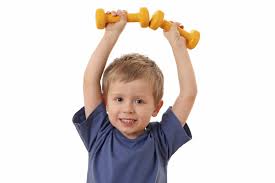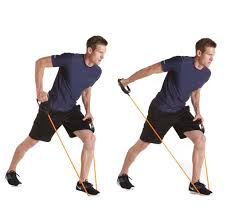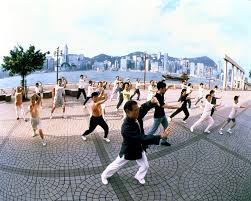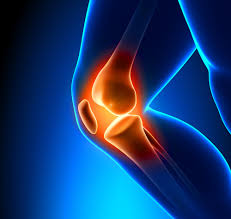Being active is one of the best ways you can keep your bones and joints working well. As we get older, we lose bone. Aerobic exercise revs your heart. How to Avoid Injury? Aches: Normal or Not?...
Being active is one of the best ways you can keep your bones and joints working well.
Exercise can help you:
- Maintain bone density as you get older
- Lessen joint pain
- Keep off extra weight that can stress your joints
- Help your balance so you avoid falls that can damage bones and joints
Strengthening Exercises
As we get older, we lose bone. But strengthening exercises can help slow that process and help prevent osteoporosis. Strengthening exercises are also helpful for joints.
"The best protection for a joint is having strong muscles around that joint," says physical therapist Alice Bell, vice president of clinical services at Genesis Rehabilitation Services in Kennett Square, Pa.
Bell suggests you do strengthening exercises two to three times a week to build bones and muscles around joints. To do that, you can use hand-held weights or resistance bands. The amount of resistance or weight should tire your muscle without causing joint pain.
You should work each major muscle group, including your arms and legs, as well as your core and the muscles that support good posture, Bell says.
Give yourself at least a day between strength training so your body can rest. "Our muscles actually gain strength during the recovery," Bell says.
Aerobic Exercise
Aerobic exercise revs your heart. Weight-bearing exercise (such as climbing stairs, dancing, hiking, or walking) can help build bones and keep joints healthy, Bell says..jpg)
Biking and swimming are not weight-bearing activities. They may be great for your muscles, heart, and lungs, but they aren't the best choices to boost bones.
Your goal: Get at least 150 minutes of moderate aerobic activity every week, including some weight-bearing exercise. That amounts to about 30 minutes a day, 5 days a week.
You don't need to do the 30 minutes all at once. Find ways to build activity into your daily routine, whether it's yard work or taking a brisk walk (just a leisurely walk doesn’t count) with a friend.
Flexibility
Flexibility exercises, such as stretching and yoga, are also good for joints. These can help preserve your range of motion. Do these at least 3 days a week.
Take care, though, that you don't stretch too far. Also, warm up for a few minutes first. To help prevent injuries, don't stretch a "cold" muscle.(1).jpg)
Consider adding balance exercises to your routine three times a week, Bell suggests. She says simple exercises like standing on one leg can help prevent bone-breaking falls. Tai chi is another option to improve balance.
Getting Started
If you're not active now, ease into it.
"Don't measure yourself against others," says Jennifer Hootman, PhD, of the CDC's Arthritis Program.
If you have a condition like heart disease, or if you’re a man over 45 or a woman over 55, it’s a good idea to see your doctor before starting a new exercise program.
Exercises to Strengthen Bones and Joints
How to Avoid Injury
To keep your joints safe during exercise, Hootman offers these tips:
- Don't be a weekend warrior. Spread exercise over the week to avoid overloading your joints.
- Avoid extreme positions, like deep knee bends, which can harm your joints.
- Exercise your back and abdomen to strengthen your core, which is important for good body mechanics.
Proper alignment is key for keeping bones healthy as well, Bell says. "You'll want to maintain good posture doing whatever activity you choose," she says. She also warns against doing exercises that involve rounding the back, such as crunches, which can cause spinal fractures in people with weak bones.
Consider working with a personal trainer to make sure you’re doing exercises correctly, since doing them incorrectly is a leading cause of injury.
Aches: Normal or Not?
It's normal to have some muscle aches and soreness after exercise. This is especially true if you're doing something new.
Regular muscle soreness should go away after a few days. Each time you change your exercise routine, which you should do regularly, or do a new exercise, the muscle soreness may return for a few days.
However, sharp muscle or joint pain, or severe swelling around a joint after workouts, could be a sign that you're going too hard or doing something wrong. Stop immediately if something hurts a lot. Check in with your doctor to see what happened. Later, when you're feeling ready, you might try switching to a less-intense exercise.
Soreness that lasts more than a few days is also a concern; you may be doing an exercise incorrectly or overloading your joints.
A physical therapist or trainer can help recommend activities that are safe and adapt exercises as needed to work with your body.
